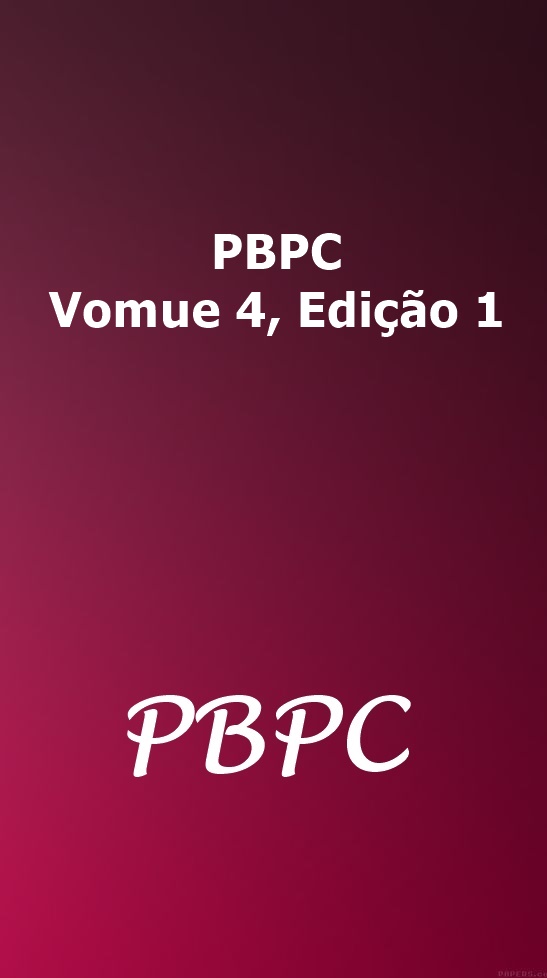ANCIENT TECHNOLOGIES MENTIONED IN THE HOLY BIBLE
DOI:
https://doi.org/10.36557/pbpc.v4i1.342Keywords:
Scientific Theology, Holy Bible, Ancient History, Ancient CivilizationsAbstract
The Holy Bible describes the technologies of its time, showing the advancement of ancient civilizations. In addition to its religious and moral value, the Holy Bible is also a historical record that reflects the technological development of ancient civilizations. The advanced engineering used in the construction of the Tower of Babel, Solomon's Temple, and the walls of Jerusalem reveals a sophisticated knowledge of materials and techniques. Metallurgy, evidenced by the manufacture of weapons, utensils, and tools, reflects the evolution of casting processes and working with metals such as iron and bronze. In addition, writing methods, including clay tablets, parchment, and stone inscriptions, demonstrate the importance of written communication for the preservation of knowledge and culture. The technologies mentioned in the Holy Bible contributed to the advancement of ancient societies, being fundamental to economic, military, and religious development, in addition to having been a fundamental milestone that contributed significantly to the dissemination of different areas of current knowledge. The technologies mentioned in the Holy Bible played a fundamental role in the development of the modern world, as many of them served as the basis for advances in engineering, writing, navigation and other areas of current knowledge. Therefore, and within this context, the objective of this article was to report the main technologies mentioned in the Holy Scriptures, with the aim of showing their importance for the modern world.
Downloads
References
Campbell, J. W. P.; Pryce, W. Brick: A World History. London: Thames & Hudson, 2016), 320 p.
Della Rocca, G.; Hernando, C.; Madrigal, J.; Danti, R.; Moya, J.; Guijarro, M.; Pecchioli, A.; Moya, B. Possible land management uses of common cypress to reduce wildfire initiation risk: a laboratory study. Journal of Environmental Management, v. 159, p. 68-77, 2015.
Lisle, J. Taking Back Astronomy: The Heavens Declare Creation and Science Confirms It. Green Forest: Master Books, 2006, 128 p.
Lundquist, J. The Temple of Jerusalem: Past, Present, and Future. Goleta: Praeger, 2007, 320 p.
Mann, A. T. Sacred Architecture. Pontinha:Vega, 2003, 192 p.
Powell, B. B. Writing: Theory and History of the Technology of Civilization. Oxford: Wiley-Blackwell, 2012.
Roberts, B. W.; Thornton, C. P. Archaeometallurgy in Global Perspective: Methods and Syntheses. Berlin: Springer; 2014, 1633 p.
Samuels, C. Ancient Science (Prehistory-A.D. 500). New York: Gareth Stevens Publishing, 2010, 48 p.
Tenny, M. C. The Zondervan Pictorial Bible Dictionary. Zondervan Publishing House. Grand Rapids MI. p. 318. 1967.
Tucker, S. T. Scripture Geography: Geographical and Historical Account of Biblical Places. London: Sothis Press, 2023, 372 p.
Viollet, Pierre-Louis. Water Engineering in Ancient Civilizations: 5,000 Years of History. Boca Raton: CRC Press; 2007, 334 p.
Walker, C. B. F. Astronomy Before the Telescope. New York: St Martins Pr; 1st American Edition, 1997, 352 p.
Downloads
Published
How to Cite
Issue
Section
License
Copyright (c) 2025 Cleomacio Miguel da Silva, Sóstenes Rônmel da Cruz

This work is licensed under a Creative Commons Attribution 4.0 International License.
Você tem o direito de:
- Compartilhar — copiar e redistribuir o material em qualquer suporte ou formato para qualquer fim, mesmo que comercial.
- Adaptar — remixar, transformar, e criar a partir do material para qualquer fim, mesmo que comercial.
- O licenciante não pode revogar estes direitos desde que você respeite os termos da licença.
De acordo com os termos seguintes:
- Atribuição — Você deve dar o crédito apropriado , prover um link para a licença e indicar se mudanças foram feitas . Você deve fazê-lo em qualquer circunstância razoável, mas de nenhuma maneira que sugira que o licenciante apoia você ou o seu uso.
- Sem restrições adicionais — Você não pode aplicar termos jurídicos ou medidas de caráter tecnológico que restrinjam legalmente outros de fazerem algo que a licença permita.

